The comparison may be cliche, but the world is like a massive fairground for humanity to explore. Beyond the more popular metropolitan destinations where industry buzzes day and night, where roads roar with a million passing vehicles, where buildings and houses hum with alternating electricity, there lie golden landscapes on which long and winding highways cleave.
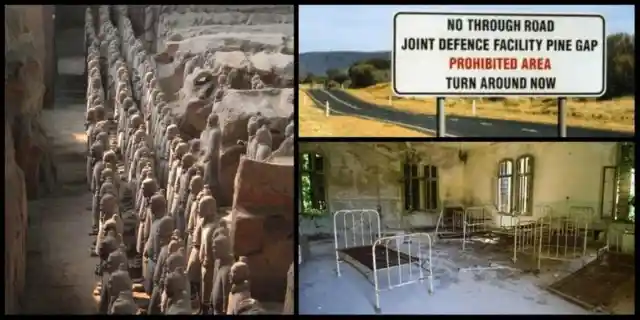
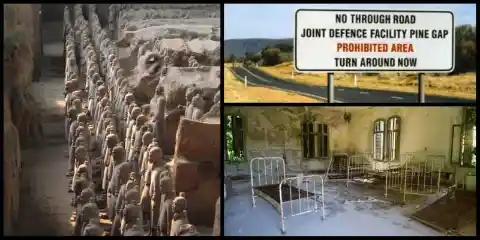
There are innumerable mountains to climb, at the top of which you can pause to take in the view as a child might at the highest point of a Ferris wheel. There are rivers to row and lakes of fish moving and living in darkness and silence to catch. There are yet undiscovered ruins waiting out there. However, some spots, obscure and mysterious, are banned for travelers. Read about these prohibited areas from all over the world and learn how they came to be.
Locus of the Vatican’s Secrets
The Vatican’s secret archives hold more than a thousand years’ worth of articles related to the church’s history. Books, manuscripts, and catalogs are organized and kept on protected shelves that measure 85 kilometers in length. It is as highly guarded and considered one of the world's most secure facilities, with priceless documents, including correspondences from Michelangelo to Pope Julius II.
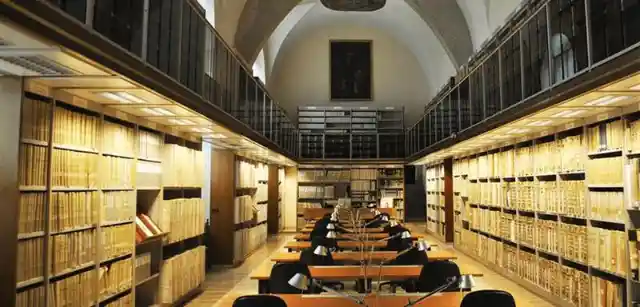
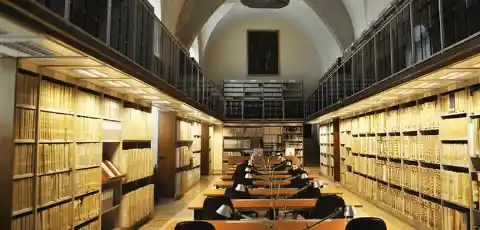
This lair of historical documents is located underground, and very few are privy to the full extent of its information. Even scholars who are allowed in are given limited access and may only engage in certain studies under observation.
The Isolated North Sentinel Island
The possibility that a foreign ship might slip into the territorial waters of the North Sentinel Island in the Bay of Bengal, past the guarding Indian Navy, is slim. But for anyone looking to attempt such an act, it should be known that the indigenous Sentinelese are ready to kill to enforce their privacy.
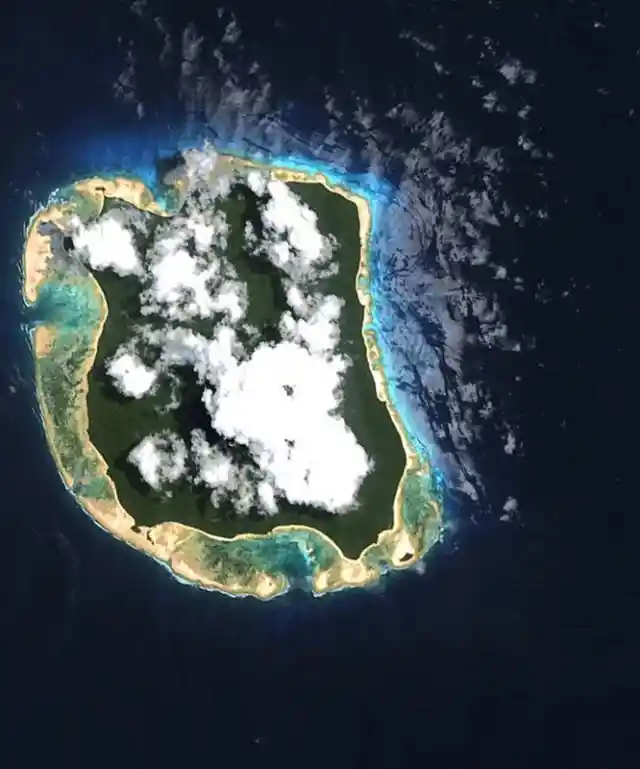
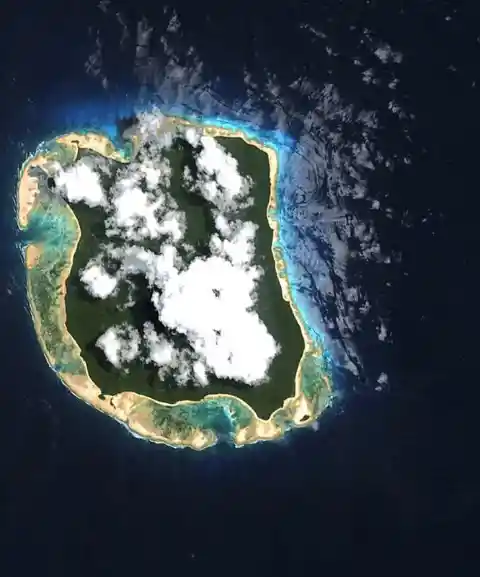
They have killed unwanted guests before—with simple bows and arrows—and with extreme prejudice. They are immune from court prosecution on account of a law created to protect their rights to voluntary isolation, especially since they haven’t developed immunity to infectious diseases.
Monkey Island
Travelers might be tempted to visit Morgan Island in South Carolina, exotically known as “Monkey Island,” since a rhesus monkey colony established itself in the area in 1979. In a world predicated upon clicks and social media attention, imagine the reaction a personal photo with old-world monkeys and a backdrop of a virginal forest would generate.
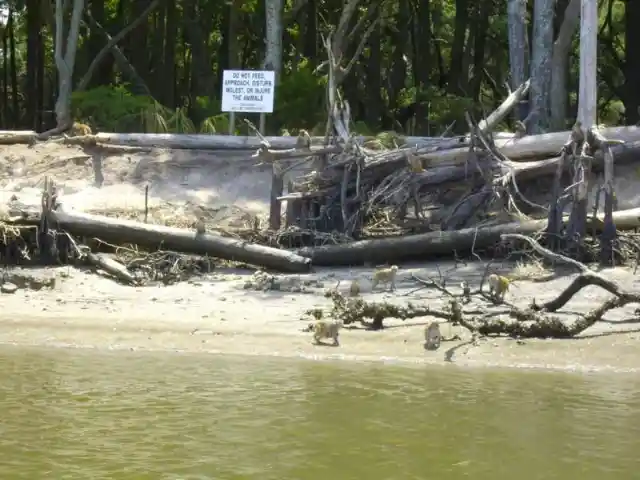
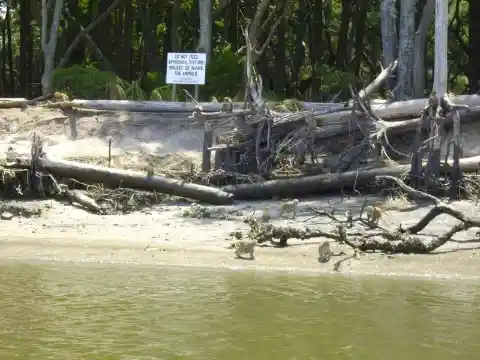
But these primates, who first moved into the area during a Herpes B outbreak in Puerto Rico, can be very aggressive. For this reason, visiting the island is prohibited. The barrier to entry was also created to avoid disruptions to ongoing scientific research.
Prehistoric Caves in Lascaux, France
To journey to such prehistoric sites in France is to open an ancient door into our past. This network of caves could lead to a deeper understanding of humanity’s rich and storied nature and to our predilection toward beauty and the arts. How interesting it would be to study our evolution in the direct presence of this primeval parietal art.

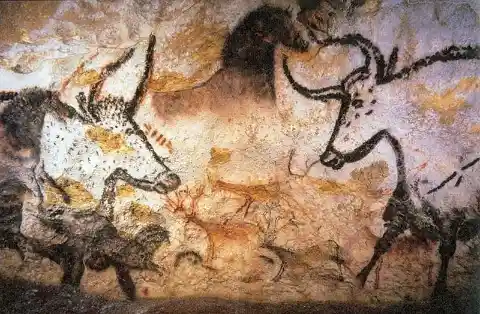
However, only preservationists, researchers, and scientists are allowed inside the caves to avoid their further deterioration, including the impairment of specimens more than 17,000 years old. Museums that replicate the caverns are open to the public outside the prehistoric site.
Doomsday Vault in Norway
Far away from the last stop of commercial flights to the north, up on the preternaturally white and icy mountain, impervious to floods or gradual rising sea levels, the Svalbard Global Seed Vault holds the world’s most extensive collection of agricultural seeds.
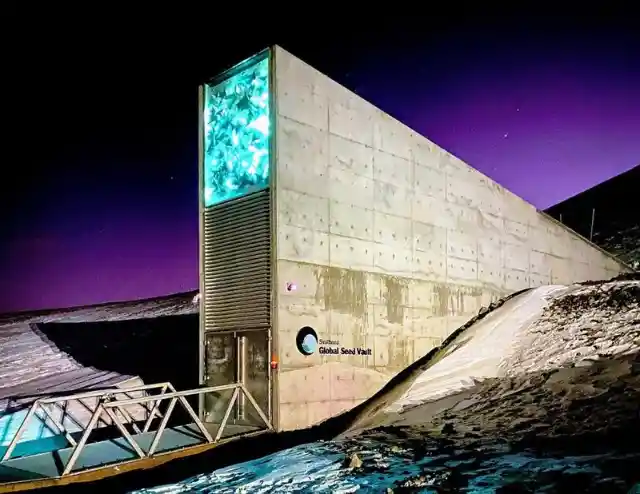
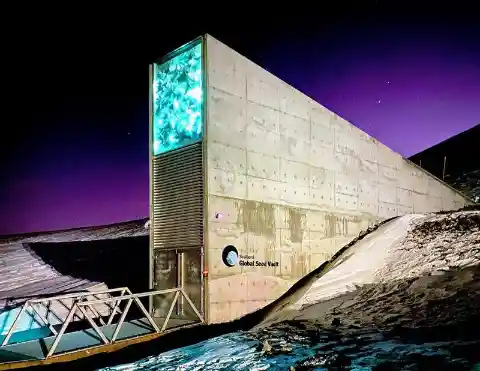
These specimens are kept safe in case of a global catastrophe, such as a nuclear war (knock on wood), to ensure food security by making it possible to recreate our agricultural landscape after such an apocalyptic event.
Pluto’s Gate, an Underworld Passage
Occasionally, birds will swoop into this ancient site dedicated to the god Pluto in Hierapolis. Nobody knows the age of this dark maw for certain. It is large enough to permit one person at a time—but it is said that all who enter never return. Spewing from its depths are noxious gasses believed to be the result of geologic movements.
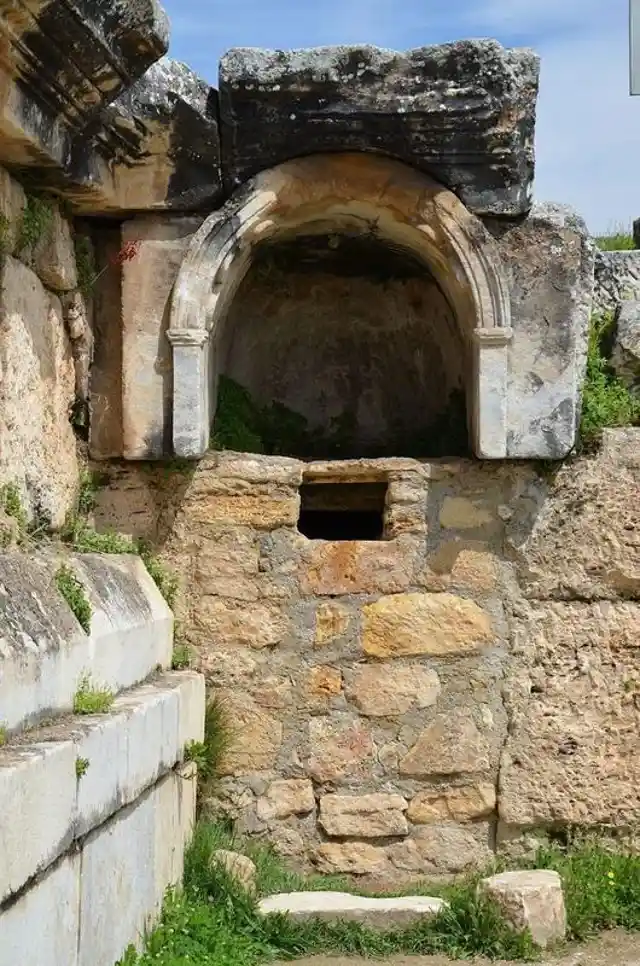
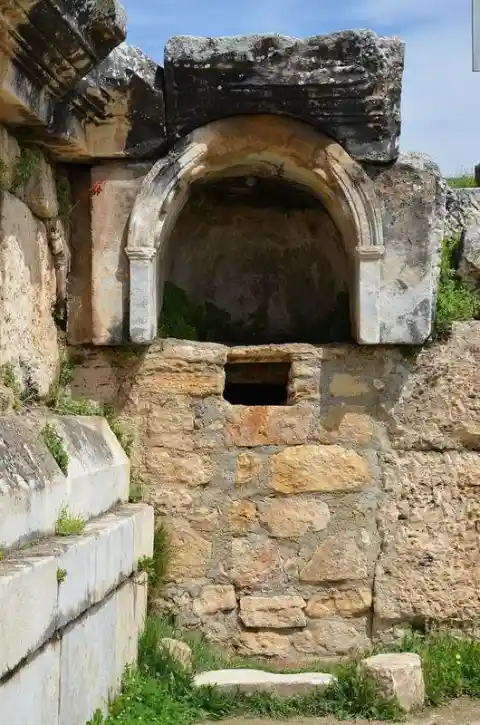
The gaseous emanations come from what was, in ancient times, believed to be a passage into the underworld circa 190 BC. However, the gas is still dangerous and can be fatal if a person is exposed to it for too long enough. Consequently, entry to the site’s vicinity is not allowed.
The Infamous North Brother Island
This abandoned offshore island is now a rich wildlife sanctuary, home to countless water birds—an interesting subject worth studying in itself. But this New York City island has a dark past—dark enough that would-be visitors are made to keep away to this day.
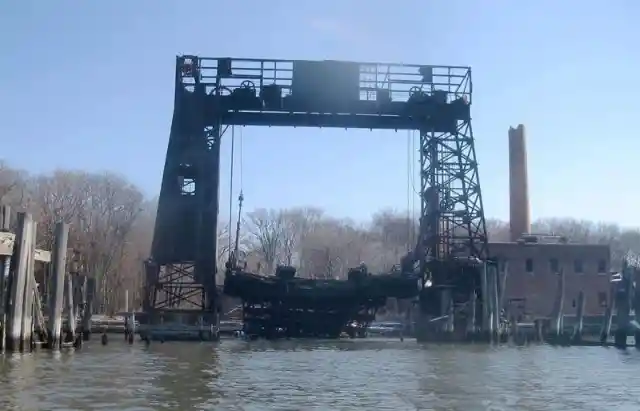
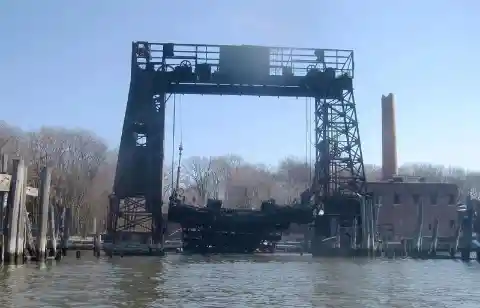
The island used to be the site of the Riverside Hospital, where patients infected with smallpox, tuberculosis (when a vaccine was not yet available), typhoid, and polio were quarantined. Adding to the grim history, in 1904, a ship caught fire, and more than a thousand passengers died as a result. Hundreds of those who attempted to swim to the island drowned.
Home of Pit Vipers, Brazil’s Snake Island
There’s no love lost between a regular vacationist and Snake Island, which was once part of Brazil’s mainland until rising oceans cut it off. Its inhabitant pit vipers are venomous and numerous—one snake is proportionate to 10 square feet of this 43-hectare lump of land off Sao Paolo’s coast.


The whole place is crawling with these slithering serpents. Images alone are enough to fire up our imagination. We can imagine the island as Medusa’s head, slowly rising out of misty water to take a glance at the intruder before her.
Fort Knox, The US Bullion Depository
More than 4,500 metric tons of gold bullion are securely kept in an underground vault at Fort Knox, the bullion depository, which is built close to an Army installation of the same name. Needless to say, there’s no gift shop. This is no place for visitors to amble around.


With more than half of the Treasury’s gold and precious items stored inside the building, the fort is armed to the teeth. Minefields surround the fort, and those who work within are assigned alternating codes that must be keyed in separately to access the solidified vault with a 21-inch thick door.
Temple of Kukulcán of the Maya Civilization
This 30-meter-high Mayan pyramid used to be surrounded by tourists that flocked to the archeological site of Chichen Itza in Yucatan, climbing its stairways on every side to get to the top. But new safety measures have been put in place since 2006 after a sightseer fell to the ground and died.
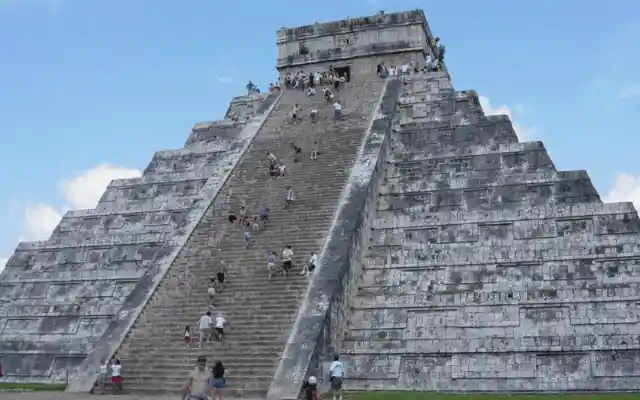
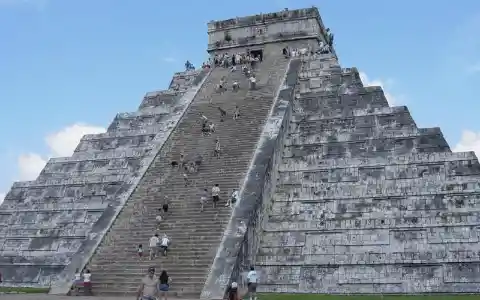
The tourist spot is still open to the public. Visitors can take as many pictures as they want and marvel at its historical architecture from the ground, but climbing is prohibited. The temple itself has been made off-limits to prevent accidents—especially given its gradually eroding structure.
The Sacred Grand Shrine of Ise in Japan
An object called “The Sacred Mirror” can be found in this shrine complex called the Jingū, adjacent to other sacred shrines which were built and dedicated to the sun goddess. The principal shrines, Naiku and Geku, were said to be established in 4 BC.
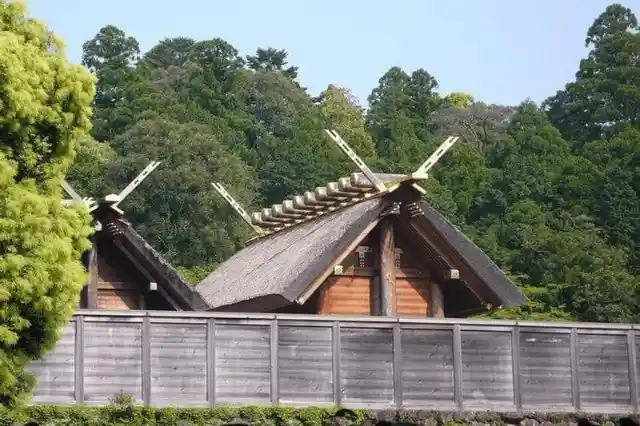

The structures here are made of Japanese cypress planks that have been joined without the use or need of nails. No tourists are allowed to trespass here, as the Ise Grand Shrine is very important to the faithful and is considered to be holy as Shinto shrines go.
The Closed Town of Mezhgorye
The quaint town of Mezhgorye is supposedly a good place to visit, as it stands as one of the many scenic spots Russia has to offer. It is part of the Republic of Bashkortostan that is flanked by the Ural and Volga mountains, and it’s not too far from the Maly Inser River.


Oddly, despite being part of the republic, Mezhgorye’s borders are restricted for no clear reason. The rumor is that it has been categorized as a closed town to protect some of Russia’s military assets that are installed there, along with a strong room for Russia’s leaders in case of a catastrophic event.
Quin Shi Huang’s Mausoleum
In 1974, a group of men dug the ground to build a well. Instead, they stumbled upon the buried Terracotta Army. Across the massive site, thousands of fragmented soldier statues, weapons, chariots, and horses were found, spread across 20,000 sq.m. of land.
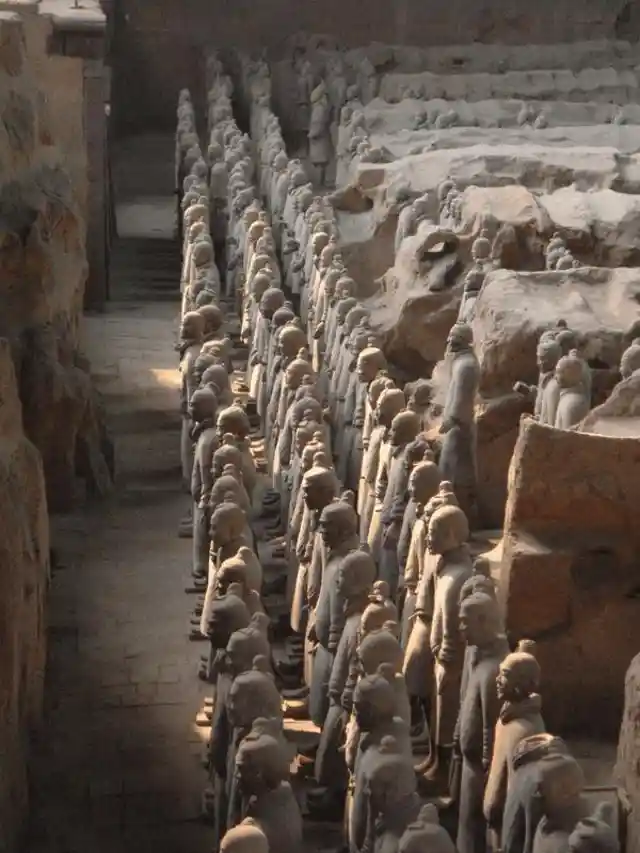
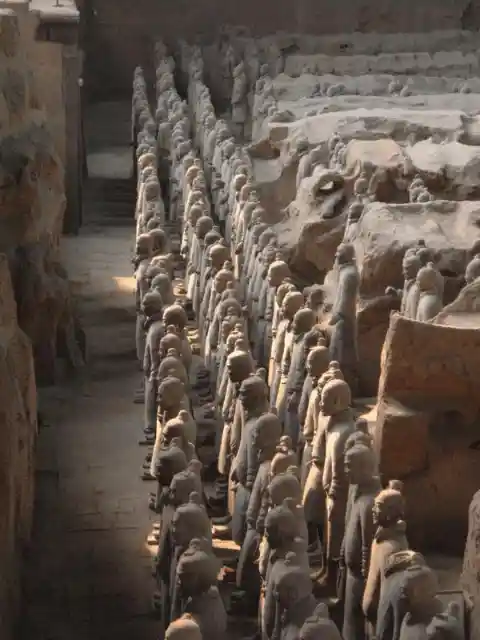
The Southwestern side of the necropolis is where the tomb of the first Qin emperor is found. Archeologists have been very careful in their ongoing exploration so as not to risk destroying any part of the complex that took 38 years to build, around 208 BC. It is also said that the place has been rigged with traps.
Haunted Bhangarh Fort
Among the ruins of Bhangarh Fort, visitors can explore many temples starting from its main entrance. A climb three stories up will lead to huge windows that usher in the verdant landscape of a scenic Rajasthan. Guests are welcome to look around and examine the dancer’s palace and the ancient marketplace, surrounded by broken columns and banyan trees.
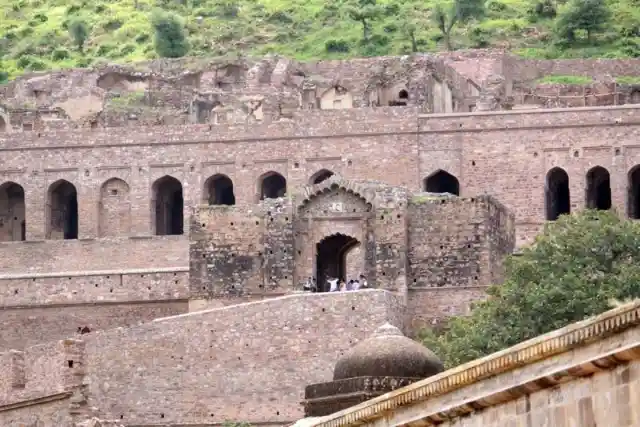

But all visitors must leave after sunset. After the sun goes down, no one is allowed to enter again until sunrise. It is said that the fort is haunted by the ghosts of the many soldiers that have died in a battle against Ajabgarh forces, and sunset is their waking hour.
High Island of Surtsey
Volcanic eruptions that lasted from 1963 to 1967 gave birth to the island of Surtsey in Iceland. It gradually formed, being pushed up by underwater vents, and reached its maximum size of 1.0 sq.m. in ‘67. It has since cooled, but it is not a spot that tourists are allowed to see.
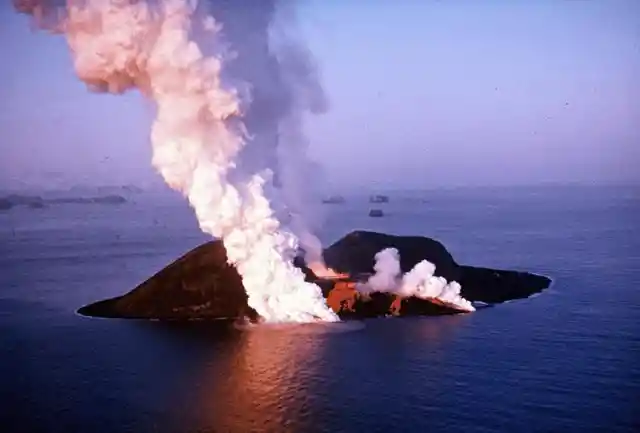

The island has since been inhabited by seals, which attract whales to the vicinity. It’s been teeming with marine and botanical life, which are now closely studied by scientists who have exclusive access to the area. The only way tourists may explore the island of Surtsey is by chartering a plane.
The Island of Poveglia in Italy
The growing population of Poveglia was pushed out in 1379 when a Genoan fleet attacked Venice. The isolated island was later used to quarantine patients who suffered from the bubonic plague, a final destination for many of them.
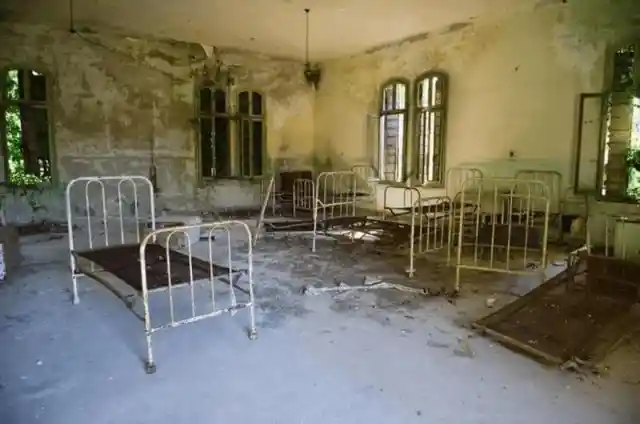
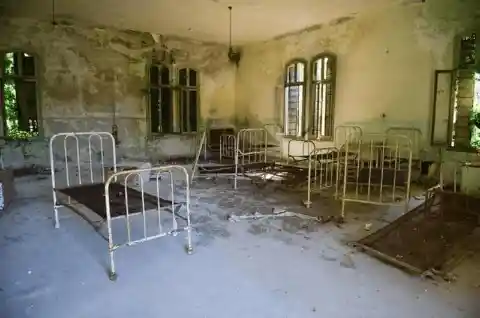
In 1922, it became a nursing home, which is believed to have actually been a mental asylum where doctors allegedly practiced controversial methods to treat their patients. The island is still off-limits to tourists today. It is rumored to be one of the most haunted islands in the world.
Niihau, the Forbidden Isle
If you were planning on visiting Niihau Island during your Hawaiian tour, you might want to pass this one up. It’s privately owned, having been purchased by Elizabeth Sinclair for $10,000 in 1864. Her heirs, the Robinsons, now manage the island. Only special guests and government officials are allowed into their territory.

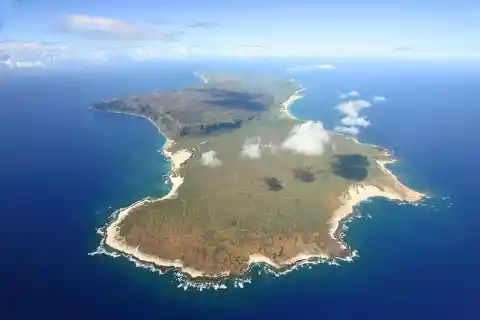
There was a polio outbreak in Hawaii in 1952, causing grave concern among its citizens because nobody could point out the outbreak’s source. Those who were isolated in Niihau were reportedly uncontaminated throughout the season.
Groom Lake AKA Area 51
The site for the USAF and CIA testing and training facility was acquired in 1955 and is now commonly known as the mysterious Area 51. It’s been the focus of many Hollywood films on UFO landings and extraterrestrial sightings. Yet, understandably, very little information is given by the government about any activity in this remote area in Nevada.
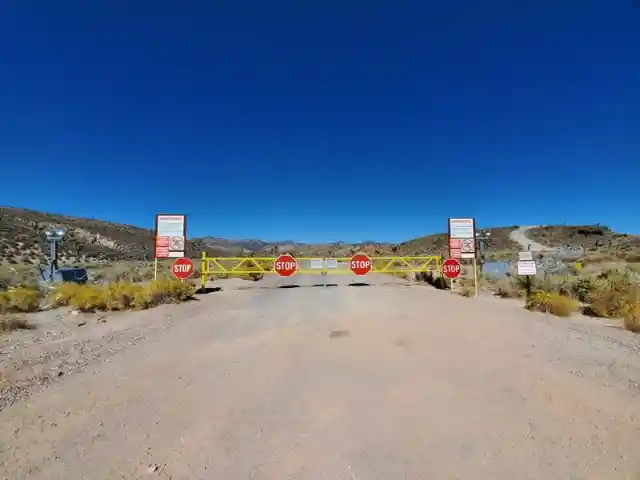
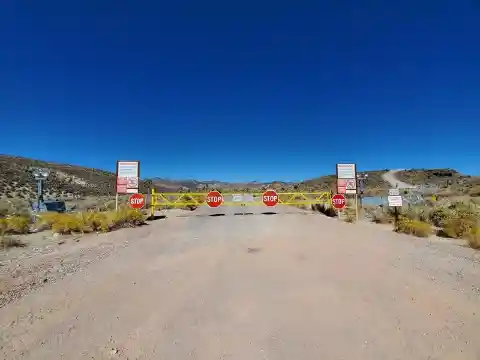
Area 51 has been the subject of many conspiracy theorists who believe, among other things, that not only are aliens and interstellar technologies being kept and developed in the facility but time travel technologies as well.
The Remote Heard Island
Judging from photographs taken on Heard and McDonald Islands, located more than 3,000 km S.E. of Madagascar, it seems like this territory—still the property of Australia—is a place only the most hardened of introverts would enjoy living in.


These volcanic islands have been uninhabited for time immemorial and are so far away that travelers would have to sail the seas for two weeks just to get there. The weather in this region can be quite unfavorable. Due to its severe Antarctic climate, only grasses, mosses, and lichens are able to thrive.
The Highly Exclusive Bohemian Grove
This campsite does not pose any natural danger to people, unlike many of the places featured on this list, but to be accepted inside, one has to be a member of the Bohemian Club. To step inside this illustrious circle of local and global leaders, artists, journalists, and entrepreneurs is a tall order.

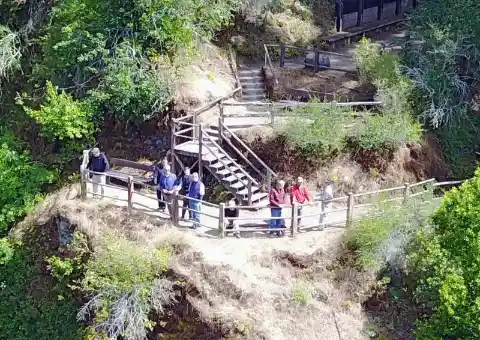
The private club was started in 1872, and its membership is strictly limited to men. They gather at the campsite annually for weekends and enjoy comedic and dramatic plays, musical performances, and allegedly obscure ceremonies, rites, and discussions of arcana.
Coke’s Recipe Vault
Founded in 1892, the Coca-Cola company has a worldwide sales revenue that remains steadfast. Its stock value has been consistently on the rise and unfazed through the years, even by the pandemic that has caused many global businesses to collapse.
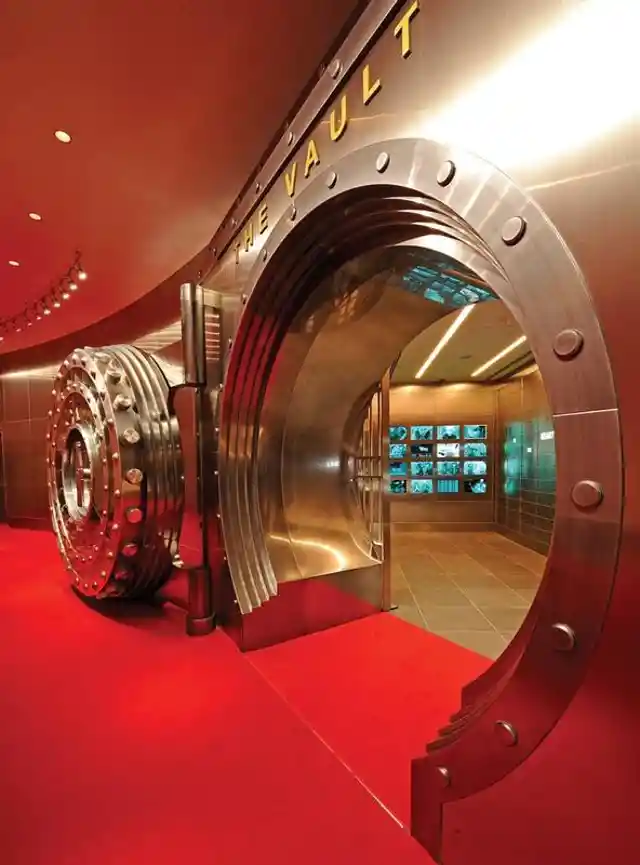
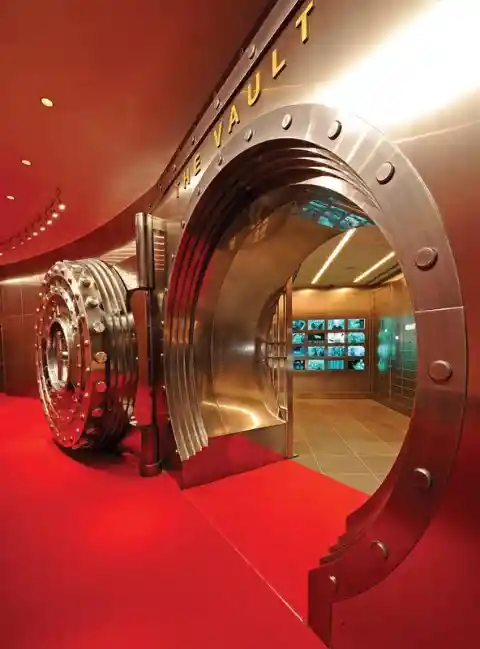
The recipe for its primary product, the sweet Coca-Cola soft drink, is hidden in a vault in Atlanta, secured in a state-of-the-art vault that is guarded with scanners and layers of security. It is impossible for the curious to lay their hands on this one and only written copy.
The Queen’s Private Quarters, Buckingham Palace
The mere mention of the word bedroom—the Queen of England’s in Buckingham Palace no less—evokes an atmosphere of total privacy and security. There may be scheduled historical tours around the palace, but this is far from any of the rooms available to see.


Perhaps it is this type of isolation and privateness that tempted Michael Fagan to break into the queen’s bedroom in 1982, which led to the questioning of the competence of palace guards on duty and their security system. Fagan scaled up the perimeter walls before entering through a drainpipe, and once inside, walked around, ate cheese, and drank wine.
Pravčická Brána: Look But Don’t Touch
Tourists who travel to the Czech Republic: make sure not to miss the Elbe Sandstone Highlands on your trip, especially if you’re a climber. One of the mountain ranges’ most popular sections is the Pravčická Brána, where a natural stone formation arch has been sculpted through weathering for centuries.
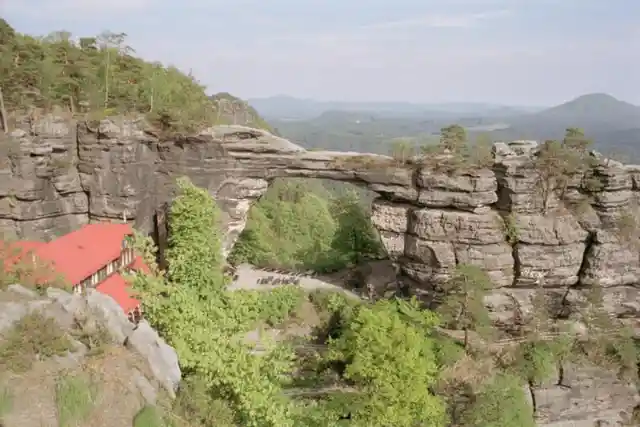
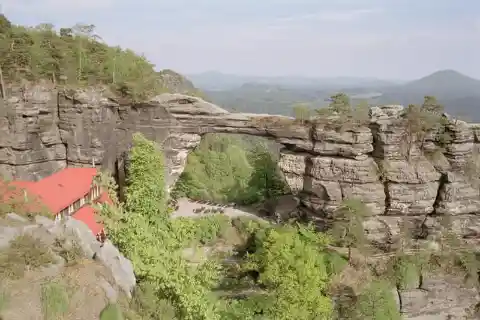
The site is still open to the public, but the archway has been off-limits to visitors since 1982. Climbing has been restricted to prevent its further erosion and to prevent the arch’s possible collapse. Look, but don’t touch!
Old City of Jerusalem’s Dome of the Rock
The original structure of the Dome of the Rock was built in the first century BCE (rebuilt in 1022) on the Temple Mount, also known as the Mount of the House of God. The construction of this Islamic shrine was the initiative of Abd al-Malik, the Umayyad Caliph, who felt the need for Islam to stand out against Christianity and Judaism in Jerusalem.
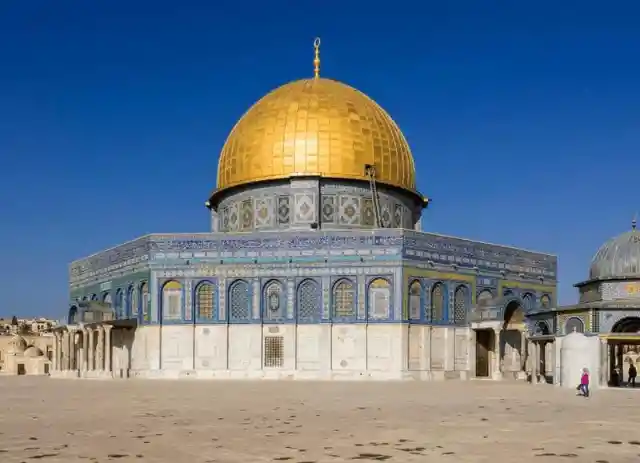
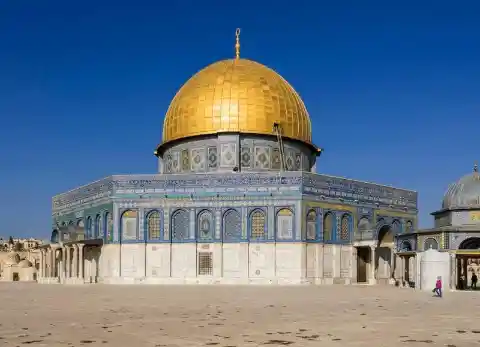
Originally, non-Muslims were restricted from entering the shrine. Regulations now allow limited access, as long as pilgrims don’t bring prayer books and religious items and refrain from worship at the Temple Mount.
Green Line, a Demilitarized Zone in Cyprus
The 180 km UN Buffer Zone was the product of Turkey’s Cyprus invasion in 1974, the aim of which was to unite both Cyprus and Greece. The first attack failed, and another attempt was made a month after, which only succeeded in taking control of 36% of the territory.
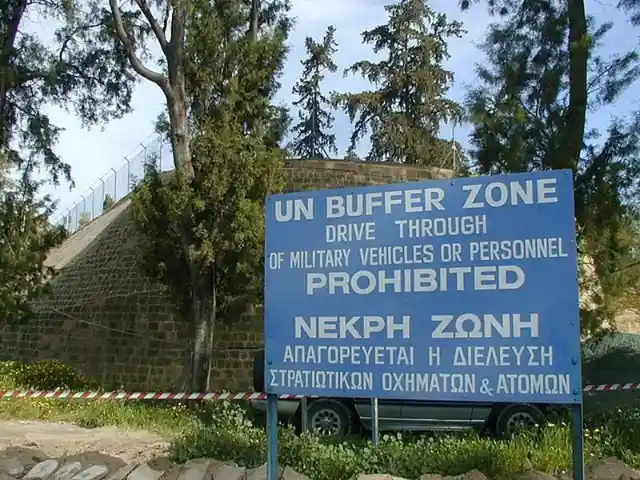
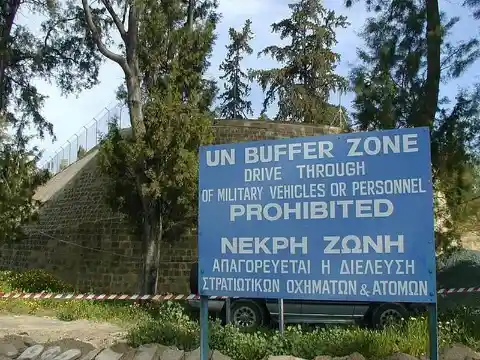
This UN demilitarized zone was created to keep warring forces apart. For three decades, crossings in this zone were prohibited. But in 2003, the travel ban was eased, and people are now allowed to pass through the line.
US Government’s High Point Special Facility
This is where the president—along with the country’s top leaders and military officials—go in the event of a national disaster. In fact, it was reported that most of the members of congress were quickly moved to the command facility in Virginia during the September 11 suicide attacks.
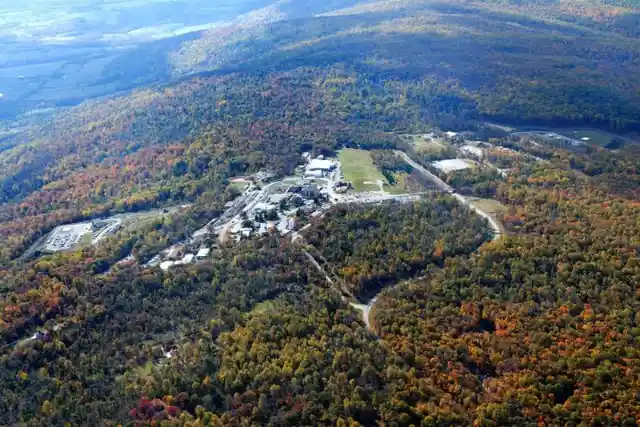
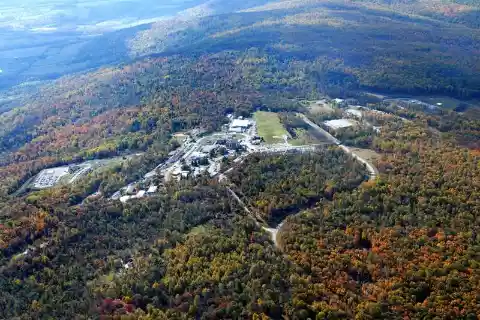
When it all hits the fan and nuclear war breaks out, the HPSF, also known as the Mount Weather Emergency Operations Center, will be the only safe area on the planet. The center was tactically constructed to safely move the government and ensure its continuity in a post-apocalypse scenario.
Church of Our Lady Mary of Zion in Axum, Ethiopia
There’s a small church situated in the town of Axum that followers of the Ethiopian Orthodox Tewahedo Church believe is where the Ark of the Covenant is kept. These two tablets, on which the Ten Commandments were inscribed, were said to be brought into the country by the son of King Solomon, Menelik I.
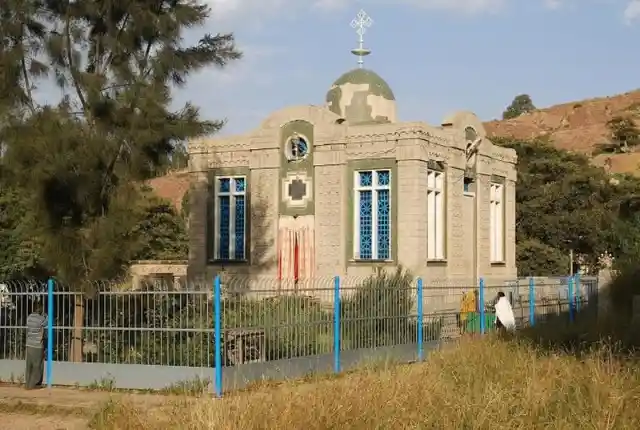
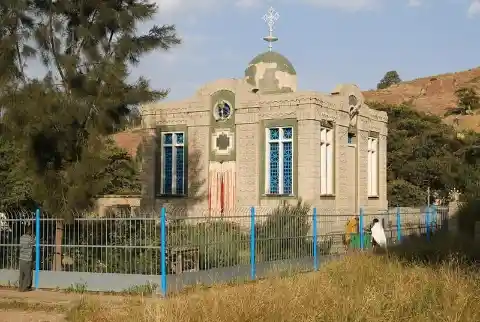
Unfortunately, and with raised eyebrows, the presence of the actual relic cannot be verified publicly. Only the church’s keeper and guardian—the position of which is assigned right before a predecessor’s death—may witness the ark.
The 30-KM Zone
This 30-kilometer span of land refers to the Chornobyl Exclusion Zone, an area surrounding the Chornobyl Nuclear Power Plant in Ukraine. This land was assigned its designation by the government following the nuclear reactor disaster in 1986. This area is controlled by the military and has grown to 1,000 sq.m.
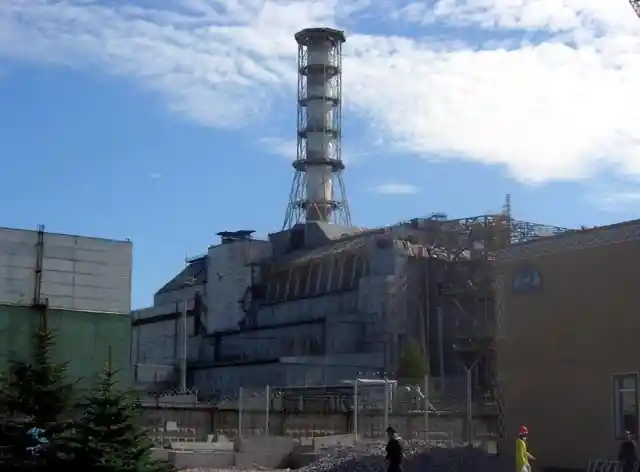
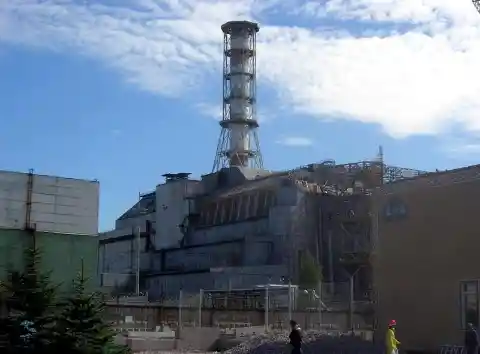
The place is historically significant, known to be the site of the most devastating nuclear accident ever, but it is still off-limits to the public even after more than three decades in order to limit radioactive contamination, which is still hazardous to this day.
Underground Rapid Transit, Metro-2
In the event of a nuclear war, which would mean the end of human life and possibly the end of most life on the planet, the Metro-2 system was built to make sure that the Kremlin could remain connected to offices and departments necessary for the running of the USSR.
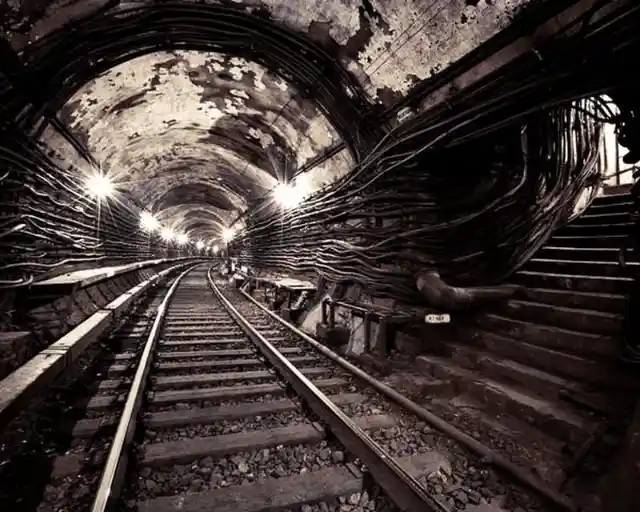
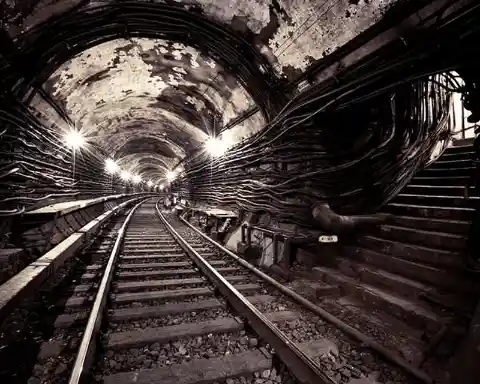
The project was started during Joseph Stalin’s time and was codenamed D-6 by the KGB. US intelligence reported that this underground system is up to 660 ft deep, composed of secret tunnels, lanes, and passages that lead to airports, military headquarters, and the like.
Records Vault in Utah
Thousands of miles away from the Vatican, another vault was supposedly built for the purpose of document storage, records filing, and protection. The entrance exists above the Little Cottonwood Canyon, operated by The Church of Jesus Christ of Latter-day Saints. But why do churches keep too many secrets?
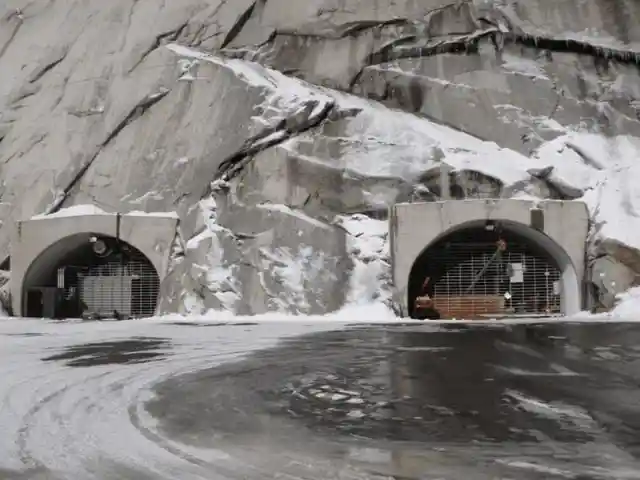

If their objective were merely to keep things spick and span, excavating a mountain in a remote place seems like an extreme solution. It is said that visitors are now allowed in the area, but suspicions persist and are hard to quell.
RAF Monitoring Station, Menwith Hill
Beyond the fence, radomes are spread out like golf balls in a vast golf course. This site is close to Harrogate, North Yorkshire, in England. Curious minds have wondered what their real purposes are since their construction in 1954, having been unable to examine them up close.
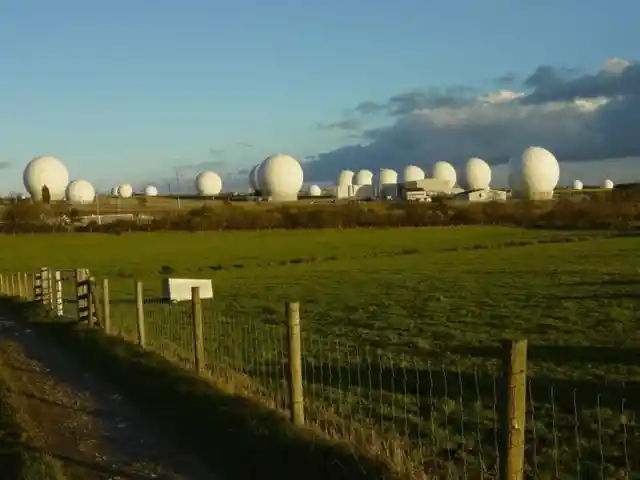
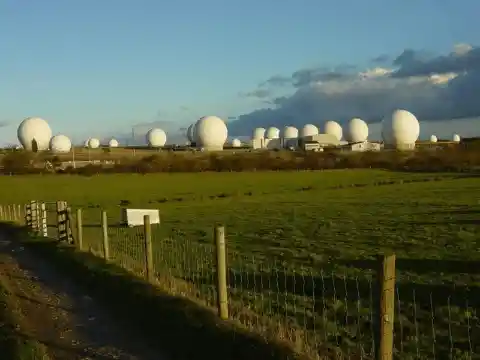
They are said to be part of spy infrastructure, monitoring and intercepting communications that might be of high political or military significance, which is then shared with the United States and its allies. This site could also be a warning system that would detect a missile attack. But, of course, this is pure speculation—they could have any number of functions.
Pine Gap, Defense Facility
This is a place one might imagine stumbling into while taking pictures in Australia’s woodlands. Apparently, the dangers around the area are not limited to venomous snakes, Australian black widows, or terrifyingly large spiders. Trespassing this joint defense facility will get anyone shot.
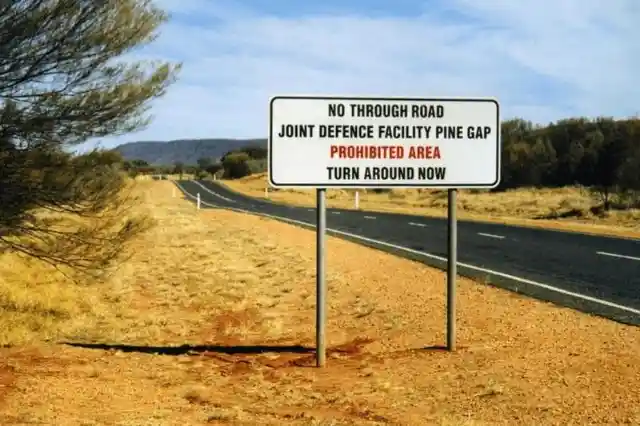
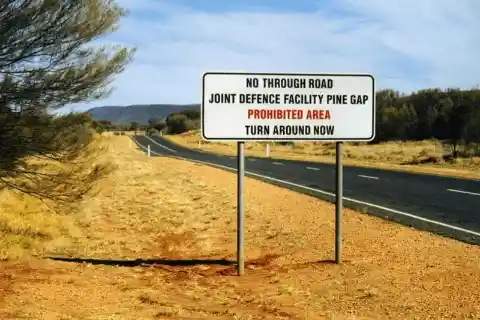
This is where the US and Australian governments purportedly play their space wars. They are also said to gather information on microwave emissions, airstrike signals, and control spy satellites. This is where the big dogs play.
Disney’s Private Lounge, Club 33
This is an exclusive dining club that Walt Disney built in 1967, so he could host get-togethers and invite corporate investors and business associates to establish camaraderie and maintain rapport. This was the first place in Disneyland, and the only spot there for years, to serve alcohol.

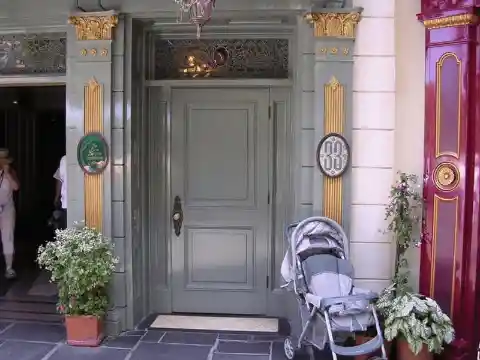
It sounds like a fun place to be, but it’s for VIPs only. To scale over this fence of exclusivity, one must be a recipient of a VIP membership invitation that requires a $100,000 up-front fee and subsequent payments of $30,000 in annual dues.
The Militarized Diego Garcia Island
This small militarized island in the Indian Ocean is one of sixty islands that comprise the Chagos Archipelago. It plays an important role in the United States’ long-term military strategies. It is located in a secluded part of the globe and might look charming from a distance, but flying too close is extremely dangerous.
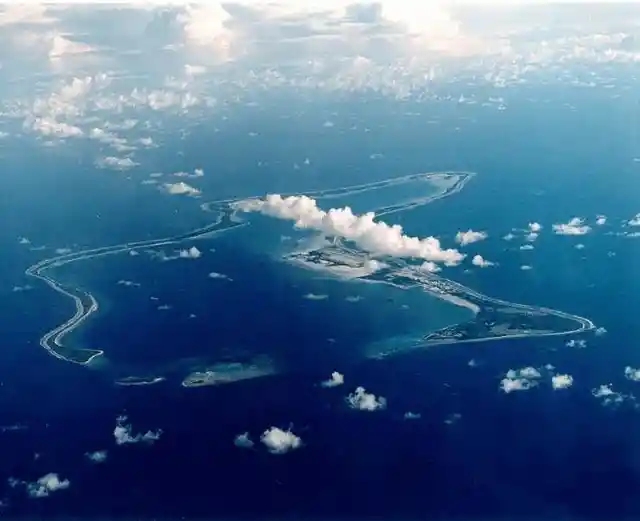

Only American military personnel are allowed to enter the base, as agreed between the US and the United Kingdom, in a 50-year contract for exclusive use, and that contract is renewable for another 20 years. Who knows what they get up to there.
Deepest Section of the Ocean, Mariana Trench
One can never tell for sure, at least not yet, what might be found swimming in the world's deepest trench, which measures close to 11,000 meters in depth. It is in this crescent-shaped section of the Pacific Ocean that international maritime explorers have ventured for years to study and have discovered life forms previously unheard of.

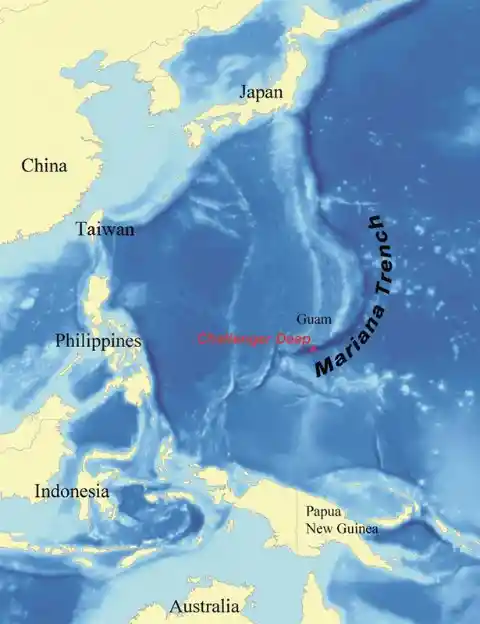
As much as you might want to explore this mysterious depth, the trench’s pressure below can crush you. On normal days, the waves on its surface can rise as tall as buildings. These kinds of waves can topple small seacrafts with minimal effort.
Mecca, Islam’s Holiest City
The city has an estimated population of slightly over two million, but its capacity is tested during the Hajj pilgrimage, in which devoted Muslims from all over the world travel to the cradle of Islam for a pilgrimage that lasts for five to six days. This is a mandatory rite that a believer must perform at least once in their lifetime.

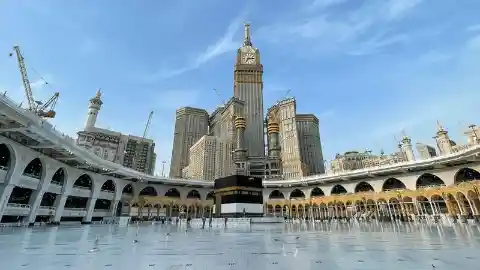
The city can accommodate three times its normal capacity during this religious practice, but non-Muslims are not allowed in the center. Disregarding this religious regulation is deemed a punishable offense.
The UK’s Most Exclusive Gentlemen's Club: White’s
The members of this social club are invariably affluent, but that’s not enough to be granted admission. Members are well-educated—most of the (exclusively male) members are alumni of Cambridge or Oxford. Notable members of the Gentlemen’s Club are the Duke of Cambridge and David Cameron.
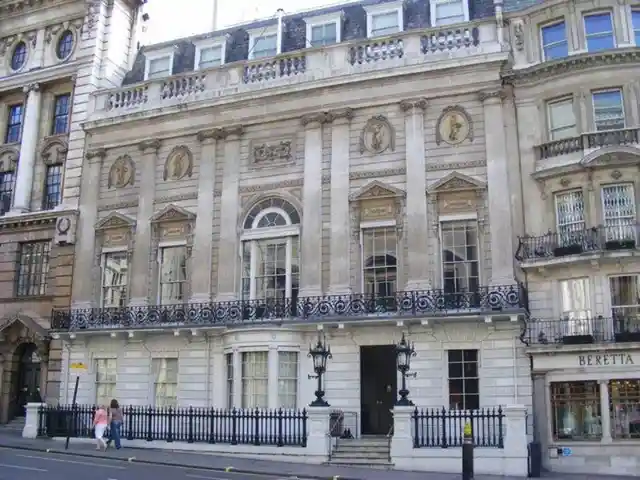
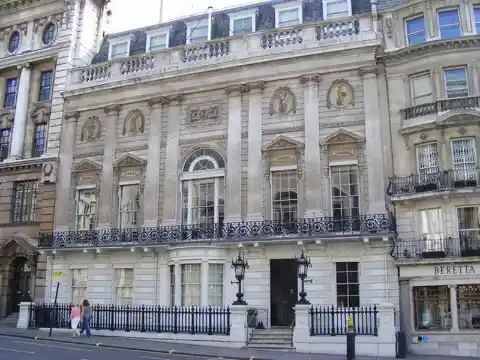
Possessing refined qualities and qualifications does not guarantee acceptance to the club. But rather, one must simply be “in the know.” Prince Charles, also a member, chose the club to celebrate his stag party prior to his wedding to Princess Diana. The building housing the club had humble beginnings as a chocolate shop in 1693.
North Korea’s Shady Room 39
Traveling to North Korea entails a knotty process of obtaining permits, which isn’t surprising considering their strict totalitarian rule—and the fact that even locals will need proper authorization to move around their own country. Regardless, only a cadre of officials is allowed to walk in and out of the infamous Third Floor office in Pyongyang.


Room 39 is situated next to Room 38—which handles Kim Jong-Un’s and his family’s finances. Effectively, Room 39 serves as a front for the illegal activities of Room 39. The latter is tasked with obtaining sluice funds, reportedly through counterfeiting, fraudulent insurance, and exporting illegal drugs.
Korean DMZ
This 250-meter strip of land, known as the Korean Demilitarized Zone, is a cushion that keeps North and South Korea apart. It’s the strip where both conflicting parties have to respect each other’s rights as laid down by the Korean Armistice Agreement, established after the Korean War ended in a stalemate in 1953.
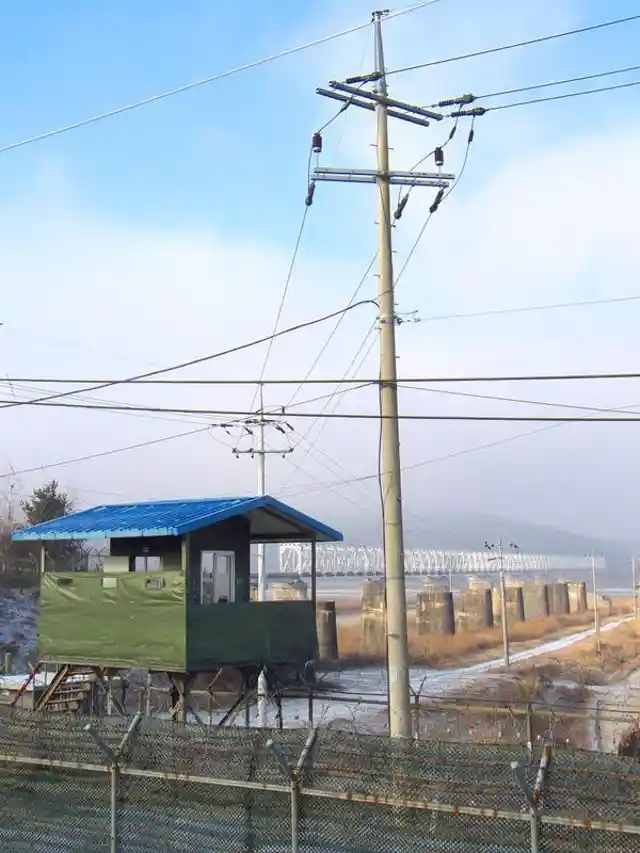
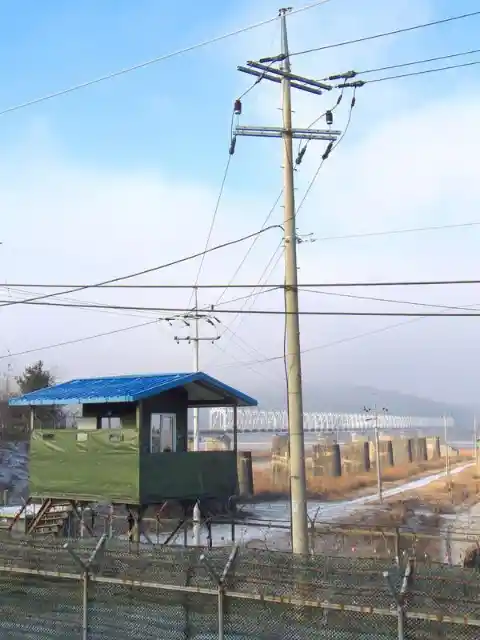
Nobody is allowed within the demilitarized zone, except when officials are purposely sent to negotiate with their counterparts in diplomatic exercises. This is not the place for tourists and recreational activities.
Western Hemisphere’s Largest Test Range, The Raaf Woomera Range Complex
There is a place in Southern Australia dedicated to testing experimental military hardware. But it’s not just a regular site for shooting guns or artillery—it’s so vast that it could fit the whole of North Korean territory inside of it. Really picture that for a second.
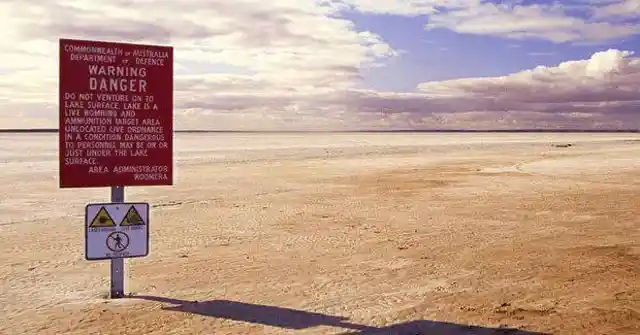
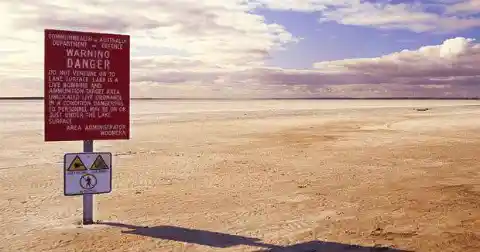
This is where the military conducts long-range missile launches and drops bombs using drone technology. Here aircrafts are tested, and rockets are shot up into the sky. Nuclear tests were even conducted here in the late ‘50s. It would be suicide for a civilian to cross this place unsanctioned.